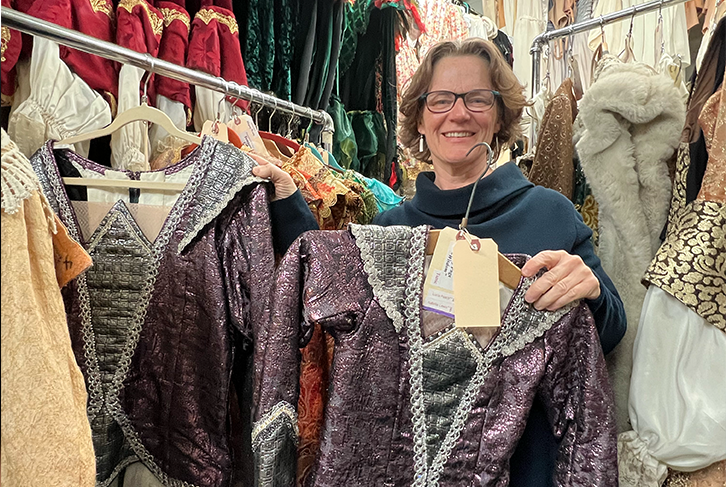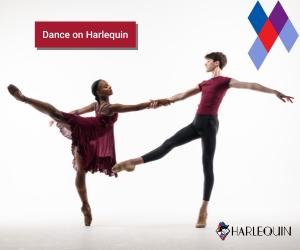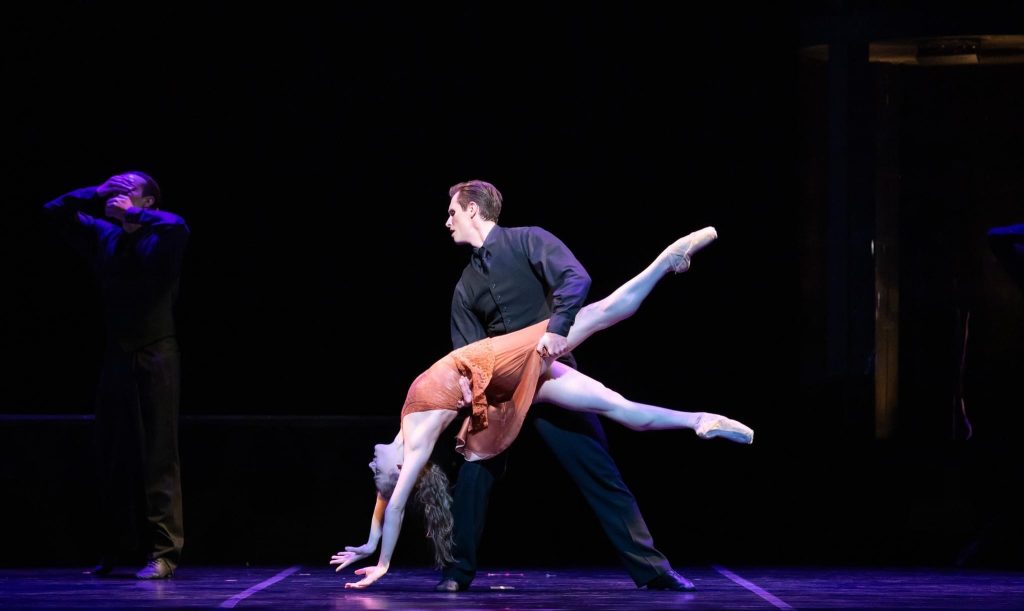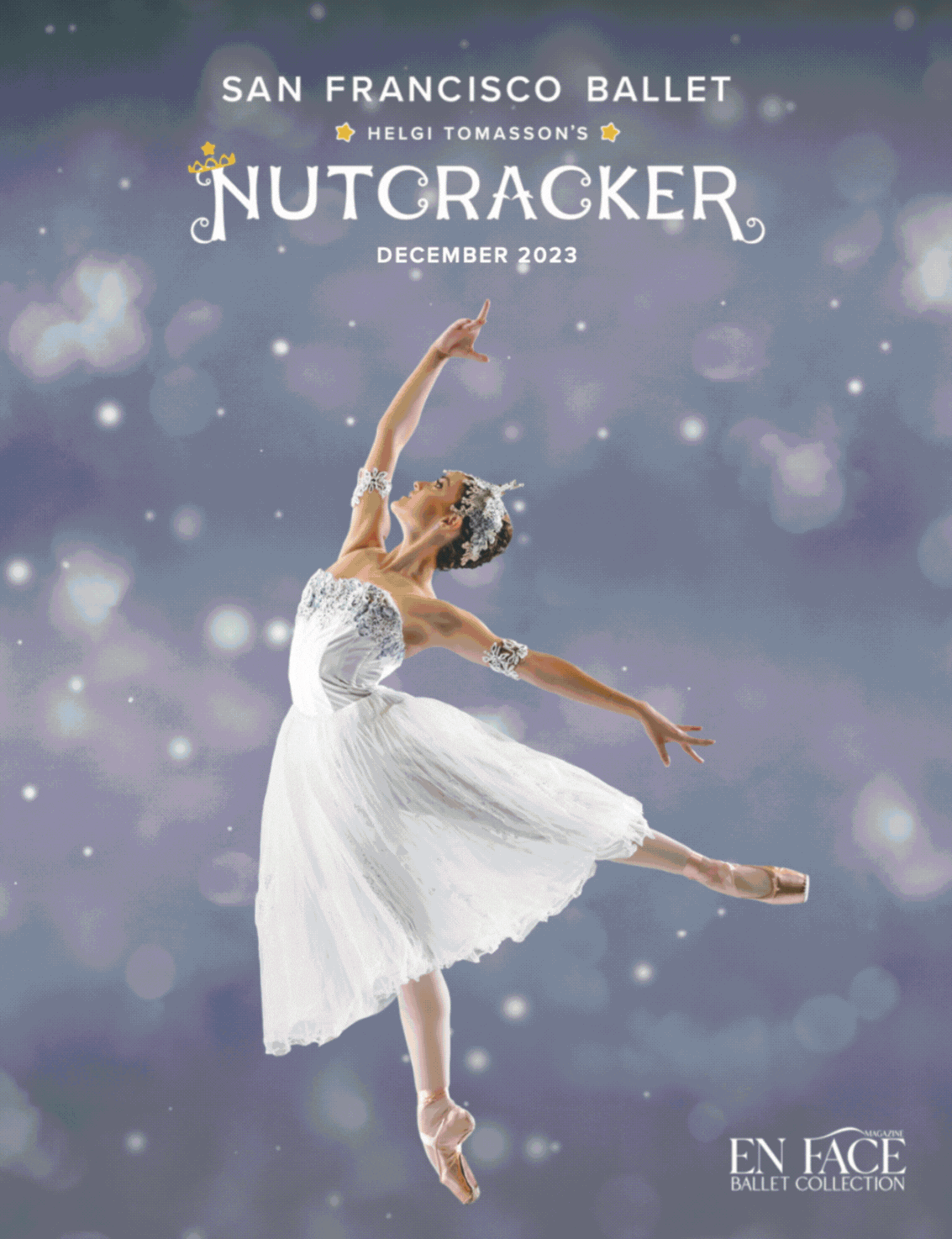Photo by xmbphotography.
What is your background working with costumes? How did you come into your role as Wardrobe Supervisor with TWB?
My work with costumes began years ago when I became The Washington Ballet’s wardrobe assistant. I have a background in art history and learned to sew at home in my childhood. I’ve always had an interest in theatre, but never imagined a career backstage until I connected with The Washington Ballet.
What is a typical day in the life of a Wardrobe Supervisor: during rehearsals and during a performance?
No day is the same! That’s the beauty of working in this department, where I’m the wardrobe equivalent of the butcher, the baker, the candlestick maker. In one day, I may fit dancers in costumes, alter or repair costumes, order shoes, meet with colleagues, dye fabric or work up color recipes for shoe dyes, and administrative work. The list is endless, and there is always something to do—it’s just a matter of prioritizing tasks.
During the in-studio rehearsals, we may need to provide select costumes for dancers, but really, the focus is on prepping costumes for the upcoming production. The week preceding theatre week, my teammates and I costume two in-studio dress rehearsals. This gives the dancers the opportunity to move in their costumes prior to dancing in front of an audience and then provide us with costume notes if they have any (they often do!). Additionally, these rehearsals allow the wardrobe team to observe the costumes collectively and take note of anything that needs adjustment which allows us to mitigate problems ahead of time. We want to avoid any on-stage surprises—it’s more important the dancers focus on their choreography than a costume that may hinder their performance.
During performance week, we set up dressing rooms and ready the costumes before the dancers arrive. At half-hour before each performance, all costumes are in place. During the performance, I am generally on stage-level, in the wings, watching for any costume problems that arise, and, if necessary, adjusting costumes in the wings. The glamorous part of the job follows the performance: collecting costumes for laundry and resetting everything for the next performance.

Carolynn Hawthorne, TWB’s Assistant Wardrobe Supervisor, excels with the more ornate, fussier costumes: tutus and anything with embellished detailing. She also oversees and costumes the students of The Washington School of Ballet.
Sasha Zabela, the newest member of the wardrobe team, brings a great overall skillset and is continually learning about the realm of ballet costuming.
You also provide shoes for the dancers —what is the process like of fitting, ordering, and receiving shoes?
Providing shoes for the dancers is my favorite aspect of the job. There are many pointe shoe brands, with so many styles—it’s been interesting to cultivate a knowledge base on such an esoteric and fascinating world.
It can be a lengthy process for any dancer to find a shoe that feels good and performs well, and everyone’s criteria are different. I’m not a pointe shoe fitter, but rather a liaison between the dancers and shoe brand reps. There are several pointe shoe brands worn by our dancers— Bloch and Freed of London are the two primary companies. Ideally, the dancers should be fitted by a brand rep, but if not possible, the dancer, brand rep, and I work together to find the best fitting shoes.
Once they have the right shoes, dancers wear them out at different rates, depending on repertory, frequency of use (or letting them rest—pointe shoes need rest, too), brand, and the demands of the role. Dancers come to me, on average, once every three days for a new pair of shoes. Therefore, not all of the dancers are on the same ordering schedule. Daily, I keep the pointe shoe embers burning by assessing inventories and ordering accordingly. Most of TWB’s dancers wear shoes that are customized based upon their specifications, and these shoes allow them to achieve their best in athleticism and artistry. Depending on the brand, order fulfillment can take anywhere from nine weeks to 11 months. Each pair is handmade by craftspeople, and while the formula for pointe shoes has not changed much since the early 20th century, there have been some welcome additions. Stretch satin is becoming popular with dancers, and best of all, satins in colors that reflect dancers’ skin tones. Ordering shoes is a very different activity from what usually keeps me busy, but I’m happy to facilitate anything that furthers a dancer’s progress and career.
What is your favorite show or piece you have worked on?
My career at TWB has been expansive, yet ballet’s repertory is vast and there’s still so much I haven’t been exposed to. I do approach each program and piece with the same set of standards and level of attention— the dancers, the collaborative team, and audience deserve nothing less. In recent years, TWB has staged some opulent story ballets: John Cranko’s Romeo and Juliet; Julie Kent’s staging of Swan Lake, and, of course, The Sleeping Beauty. However, I’ve only seen slivers of these gems from the wings because I’m integral to the backstage running crew!
Being a part of such a rich and evolving art form that spans classical, Romantic, neoclassical, modern, and contemporary styles of dance resonates with the art history student in me. Although I’d sit happily in the neoclassical camp with Balanchine’s and Ashton’s works, I realize that ballet performs its own pas de deux, in which the past informs the future and the present nods to the past.
Can you share any fun facts about some of the costumes in Aurora’s Wedding and Theme and Variations?
The history of Sleeping Beauty dates back to 1890 and has had many iterations since. A most interesting one dates back to 1921, for which the artist Léon Bakst created over 300 costume designs for Serge Diaghiliev’s lavish production.
Act 3 of our production features fairytale characters such as Red Riding Hood, Big Bad Wolf, Puss-in-Boots, The White Cat, Bluebird, and Princess Florine, all dressed in fanciful costumes.
Often, as is the case of Sleeping Beauty, the purpose of the costumes is to advance the story of what the audience is seeing on stage. However, the costumes of the plotless and abstract ballets, like Theme and Variations, can be just as much an opulent feast for the eyes.
What keeps you excited about your work after 24 seasons with TWB?
After 24 seasons with The Washington Ballet, I am consistently energized by the artistry of the dancers, as well as the professional relationships I’ve cultivated with them and other colleagues at the organization. But I appreciate the daily variety within the wardrobe department which allows me to be both creative and a problem solver. Working in the arts is fulfilling and very much a privilege. I may not have sought it out, but with every downbeat of music with dancers swirling on stage, I am reminded that ballet has been the greatest gift.









